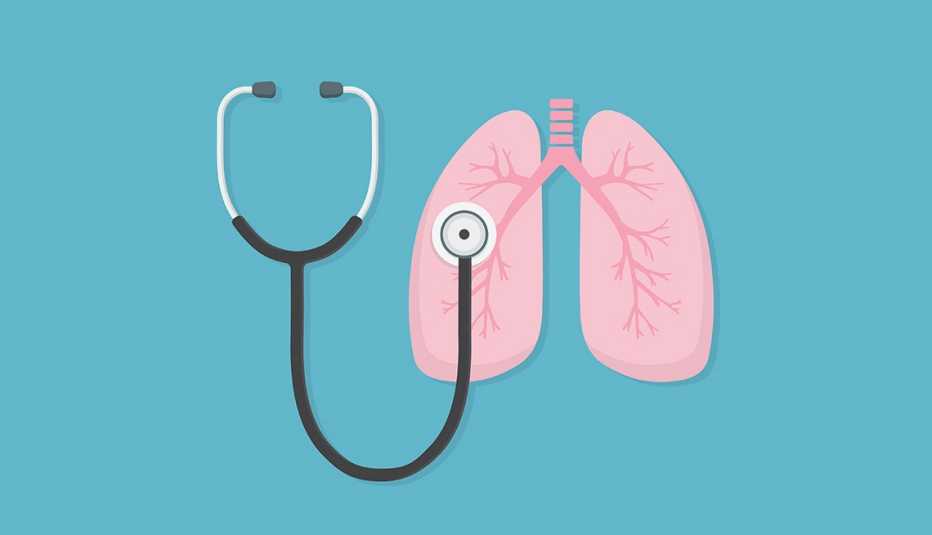Staying Fit


Even if you haven’t touched a cigarette in decades, you could be due for an annual lung cancer screening, based on new recommendations from the American Cancer Society (ACS).
In its updated guidelines, the group says that adults ages 50 to 80 who currently smoke or used to smoke the equivalent of one pack a day for 20 years should get an annual low-dose computed tomography scan (also called a CT scan), no matter how long ago they quit.


AARP Membership— $12 for your first year when you sign up for Automatic Renewal
Get instant access to members-only products and hundreds of discounts, a free second membership, and a subscription to AARP the Magazine.
The new criteria, published in the journal CA: A Cancer Journal for Clinicians, extend screening recommendations to about 5 million more adults. Previous ACS guidelines said that people no longer needed the annual cancer screening if it had been 15 years since they quit, and it was only recommended for current or former smokers between the ages of 55 to 74 who smoked the equivalent of one pack a day for 30-plus years.
Robert Smith, lead author on the guidelines and senior vice president of early cancer detection science at the cancer society, explained in a news release that the change is based on new studies that “have shown extending the screening age for persons who smoke and formerly smoked, eliminating the ‘years since quitting’ requirement and lowering the pack per year recommendation could make a real difference in saving lives.”
Broadening the eligibility criteria will also help to “include more women and minorities, who typically smoke fewer cigarettes daily,” says Maher Karam-Hage, M.D., professor of behavioral science at the University of Texas MD Anderson Cancer Center. “Reducing the age and pack-year requirements allows them to qualify sooner, potentially leading to earlier detection of any suspicious nodules or masses,” he told AARP in an email.
Pack-year is a measure used to describe how many cigarettes a person smoked and for how long. For example, a person would have a 20 pack-year history if they smoked one pack a day for 20 years, or two packs a day for 10 years.




































































More on Health
How One Man Found Relief For His Enlarged Prostate
Most men will endure an enlarged prostate at some point
How to Do Your Own Health Research
3 common scenarios you may face when searching for credible health websites, studies and symptom finders
Deadliest Cancers in the U.S. in 2023
Lung cancer tops list, taking an estimated 350 lives each day, according to American Cancer Society report